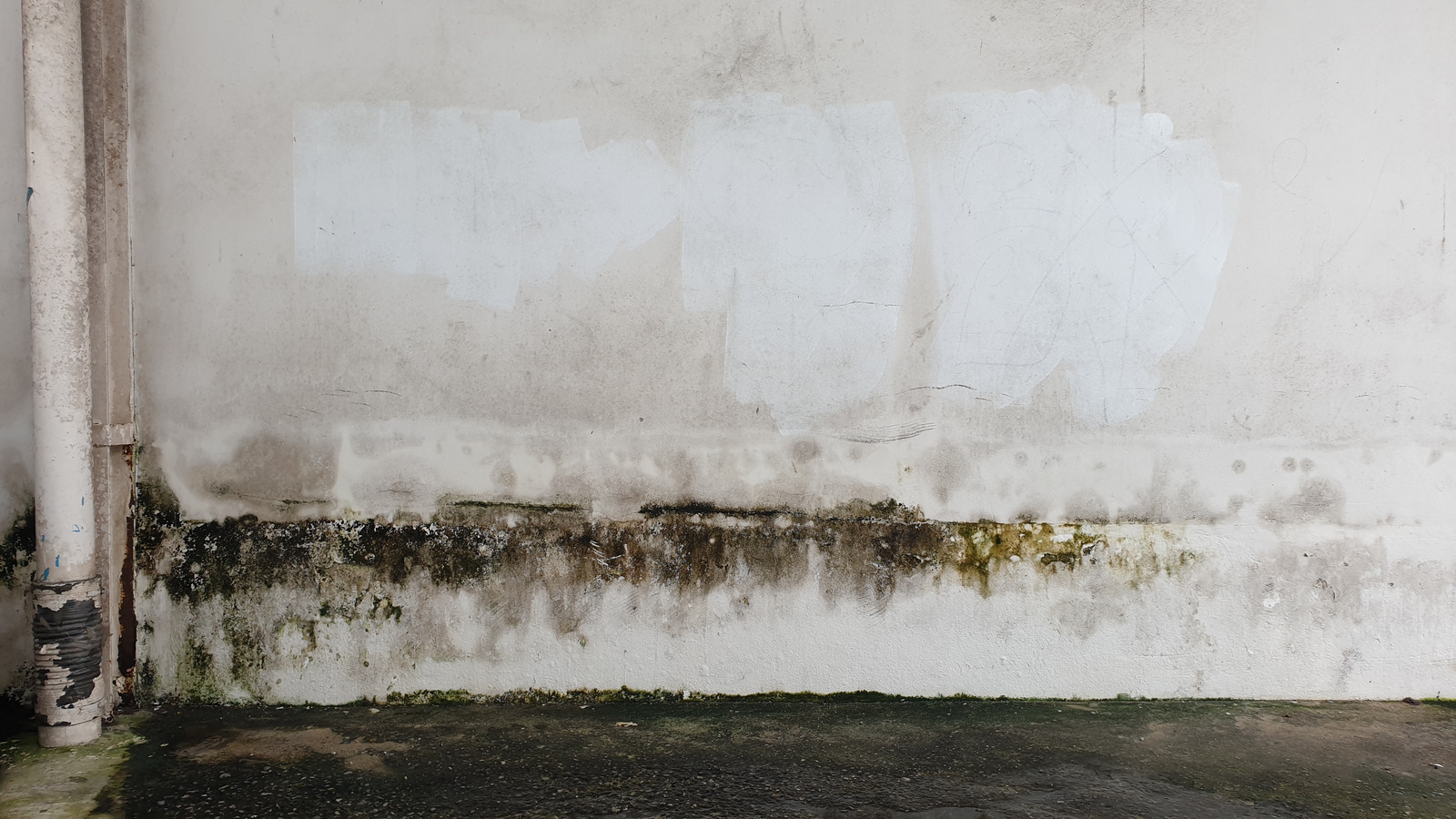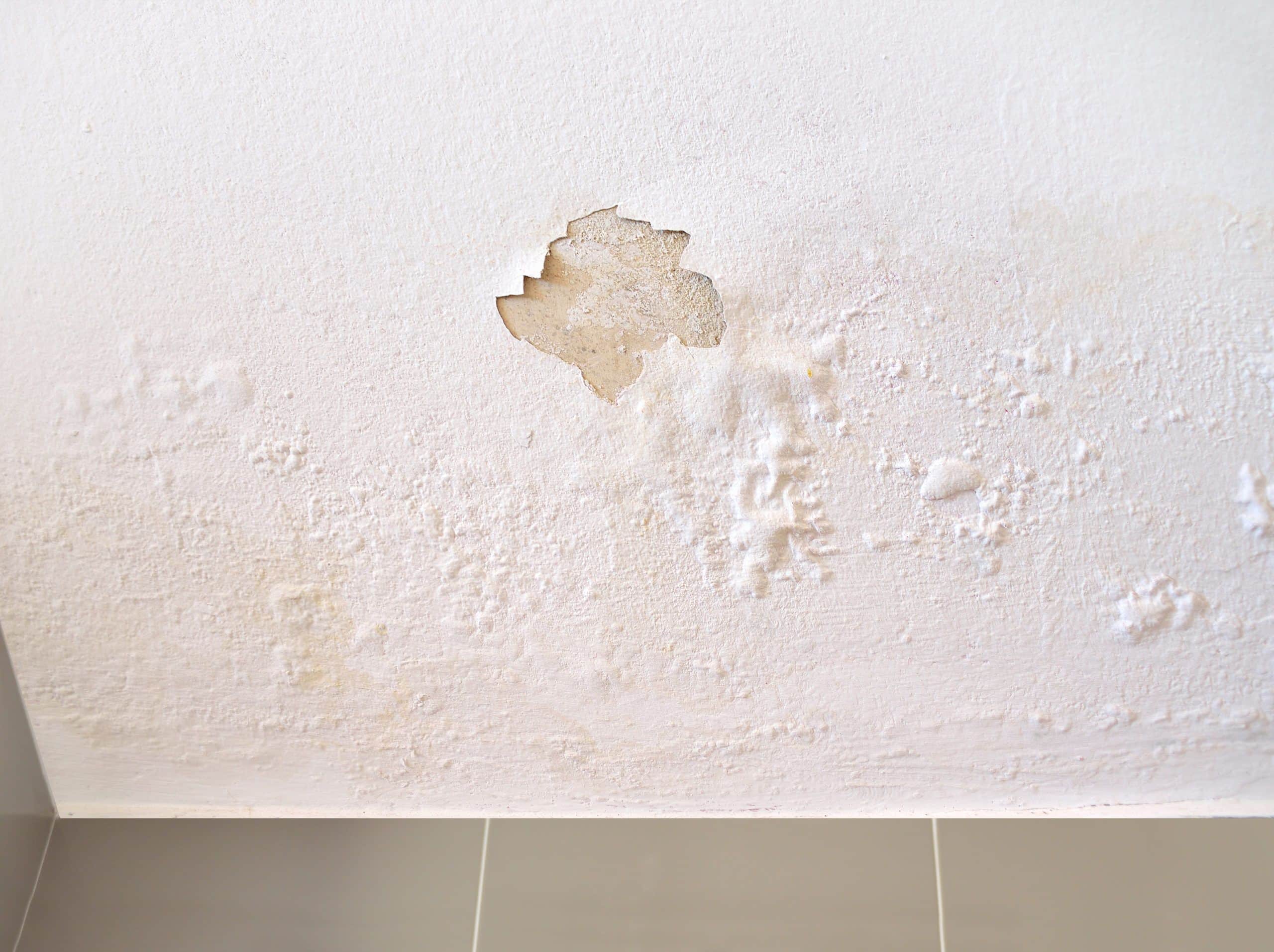Water Stains on Walls: Assessing and Addressing Tactics
Water Stains on Walls: Assessing and Addressing Tactics
Blog Article
Just about every person has got their unique way of thinking with regards to Water Stains on Walls.

Water stains on walls are not pleasant to the eyes. Sometimes it seems nearly unpreventable to experience water spots on walls in residences.
Homeowners living in damp regions constantly deal with the anxiety of water spots on walls. With exact and all-round info on the causes of water stains and punctual repair procedures, you will constantly be an action in advance of such incidents.
3 Usual Sources Of Water Spots on Walls
In contrast to common belief, water stains on walls do not always originate from inadequate structure products. There are several reasons for water discolorations on walls. These include:
Poor Drain
When making a structure strategy, it is vital to ensure appropriate drainage. This will protect against water from leaking into the wall surfaces. Where the water drainage system is obstructed or missing, underground wetness builds up. This links to extreme wetness that you observe on the wall surfaces of your building.
The leading cause of damp walls, in this situation, can be a bad drain system. It can additionally be due to bad management of sewage pipelines that run through the building.
Damp
When hot wet air meets dry cold air, it creates water beads to form on the wall surfaces of buildings. This occurs in kitchens and bathrooms when there is heavy steam from cooking or showers. The water droplets can tarnish the surrounding walls in these parts of your residence and also infect various other locations.
Damp or condensation impacts the roofing system and also walls of buildings. This triggers them to appear darker than various other areas of the home. When the wall is wet, it creates a suitable atmosphere for the growth of germs and fungi. These might have damaging impacts on health, such as allergic reactions and also respiratory disorders.
Pipeline Leaks
The majority of homes have a network of water pipes within the wall surfaces. It always raises the practicality of such pipelines, as there is little oxygen within the walls.
Yet, a drawback to this is that water leak influences the wall surfaces of the structure as well as triggers extensive damage. A dead giveaway of damaged pipelines is the look of a water stain on the wall.
Water Discolorations on Wall: Repair Work Tips
Home owners would generally want a quick fix when taking care of water discolorations. They would certainly quickly understand this is counterproductive as the water spots persist. Below are a couple of practical tips that will lead you in the repair work of water stains on wall surfaces:
Pro Pointer
A houseplant in your house likewise raises its humidity. If the home is already damp, you may desire to present houseplants with very little transpiration. An example of suitable houseplants is succulents.
Final thought
Although no one intends to have water stains on walls in their home, it can happen to the best of us. This post provides you utilize, as you currently know just how to handle this accident if it does occur.
It is always best to recruit expert services to assist deal with the damages in your home.
In some cases it appears nearly unavoidable to experience water stains on walls in homes.
Contrary to prominent idea, water discolorations on walls do not always stem from bad building products. There are numerous causes of water discolorations on walls. The water beads can discolor the bordering walls in these components of your home and also spread to various other areas.
Here are a couple of practical pointers that will guide you in the repair service of water spots on walls:
How to Remove Water Stains From Your Walls Without Repainting
The easy way to get water stains off walls
Water stains aren’t going to appear on tile; they need a more absorbent surface, which is why they show up on bare walls. Since your walls are probably painted, this presents a problem: How can you wash a wall without damaging it and risk needing to repait the entire room?
According to Igloo Surfaces, you should start gently and only increase the intensity of your cleaning methods if basic remedies don’t get the job done. Start with a simple solution of dish soap and warm water, at a ratio of about one to two. Use a cloth dipped in the mixture to apply the soapy water to your stain. Gently rub it in from the top down, then rinse with plain water and dry thoroughly with a hair dryer on a cool setting.
If that doesn’t work, fill a spray bottle with a mixture of vinegar, lemon juice, and baking soda. Shake it up and spray it on the stain. Leave it for about an hour, then use a damp cloth to rub it away. You may have to repeat this process a few times to get the stain all the way out, so do this when you have time for multiple hour-long soaking intervals.
How to get water stains out of wood
Maybe you have wood paneling or cabinets that are looking grody from water stains too, whether in your kitchen or bathroom. Per Better Homes and Gardens, you have a few options for removing water marks on your wooden surfaces.
You can let mayonnaise sit on your stain overnight, then wipe it away in the morning and polish your wood afterward. You can also mix equal parts vinegar and olive oil and apply to the stain with a cloth, wiping in the direction of the grain until the stain disappears. Afterward, wipe the surface down with a clean, dry cloth. Try placing an iron on a low heat setting over a cloth on top of the stain. Press it down for a few seconds and remove it to see if the stain is letting up, then try again until you’re satisfied. (Be advised that this works best for still-damp stains.) https://lifehacker.com/how-to-remove-water-stains-from-your-walls-without-repa-1849742925

I hope you enjoyed our part on How to Remove Water Stains from Walls and Ceilings. Thanks so much for taking the time to browse our blog. Sharing is good. Helping others is fun. Thank you for taking the time to read it.
We've got answers! Report this page